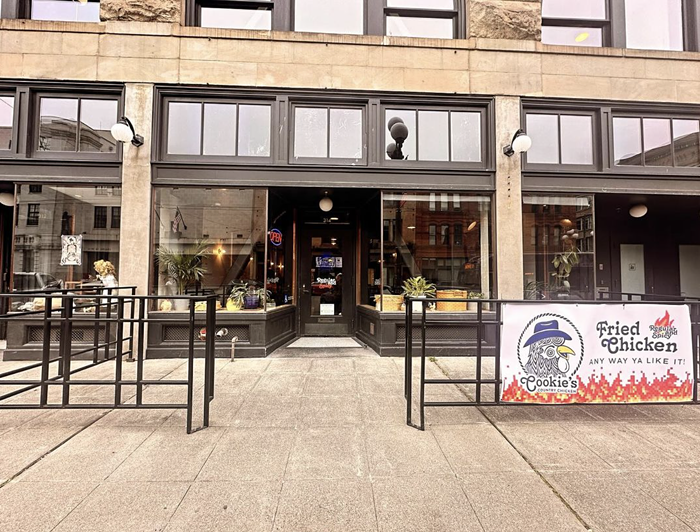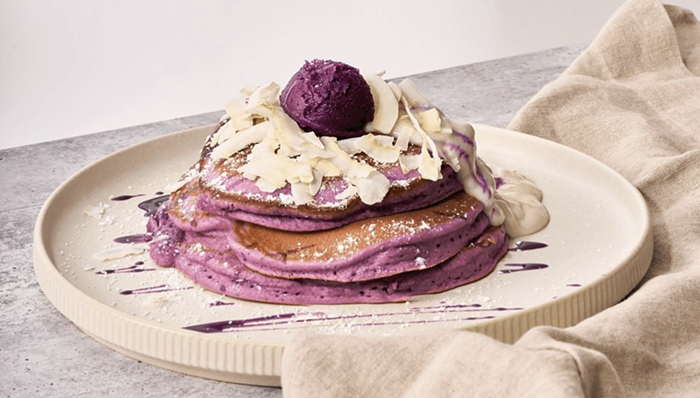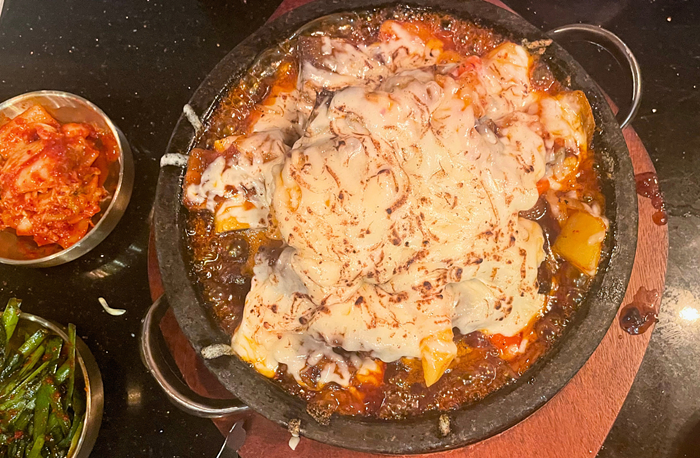Cask ale is the most underappreciated beer style in Seattle. It makes no sense. There's no better remedy for a dreary Seattle winter than a proper pint of British cask ale. Its mellow carbonation, smooth flavor, and not-quite-cold serving temperature perfectly complement never-ending rainy days.
My first cask ale of the season was on that strange early November day when Seattle saw snow flurries while colorful leaves still hung on the trees. The city felt caught off guard. I spent the afternoon in Hale's Ales taproom in Ballard drinking a cask Supergoose IPA. It was both fruity and buttery, with a smoothness that rounded off the edges of the city's surprise cold snap.
A few weeks later, I was inside the brick walls of the original Rainier Brewery in Georgetown, where Machine House Brewery pumps out some of the world's finest British ales. I tried their Blakeney Bitter, a mildly nutty beer with notes of lightly toasted bread and a crisp finish. I followed with their Best Bitter, an even milder beer with a bit of drying bitterness. I finished with Dark Mild, a jet-black beer that is only 3.7 percent alcohol but packed with notes of cocoa and cherry, a truly extraordinary beer.
While much of American craft beer screams with flavor, cask ales command with a quiet power. In an increasingly sterile and convenience-obsessed world, these beers are full of life and are wonderfully fussy to make. Don't be tricked by their self-deprecating names—anyone want another Ordinary Bitter?—these are beers with serious complications. Whereas modern brewers use sealed stainless-steel vats to keep their fermenting beer safe, traditional cask brewers use open-air fermenters and rely on the natural protection of yeast-created carbon dioxide to form an invisible shield around their fermenting beer.
Mike Hale, a pioneer in American craft beer since opening Hale's Ales in 1983, said he was convinced to trust in open fermentation after he worked in small breweries in the UK in the 1970s.
"In England, we were doing it in barnyards with pigeons flying around," Hale said. "You bring this stuff together and beer happens. It's mysterious; it's magic."
Cask ales aren't the only style of beer that uses open fermentation, but what happens after a cask ale has been fermented is unique. Most commercial beer is pressurized with industrial carbonation after it leaves the fermenter. Cask ale is carbonated with only what the yeast can naturally produce in its special keg, called a cask.
With only the gentle natural carbonation, cask ale must be served with a special tap called a beer engine. It pulls the beer up to the bar with a simple hand crank. This rudimentary tap system means the beer is exposed to air and keeps changing every hour.
"The method of service is what makes it truly unique. If we can get that right, it's a truly transcendent product," said Bill Arnott, the British immigrant who founded Machine House Brewery.
When Arnott asked why I was writing about cask ale, I giddily replied, 'Tis the season!" He responded with a distinctly British look on his face that said something to the effect of "you can't be that stupid."
Arnott's incredulousness is valid—cask ale isn't traditionally a winter-only beer. But for me, there's no better accompaniment to winter.




















